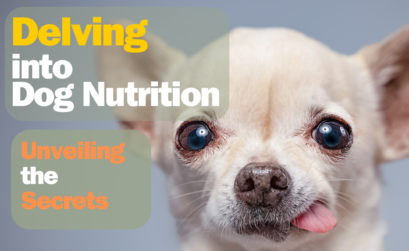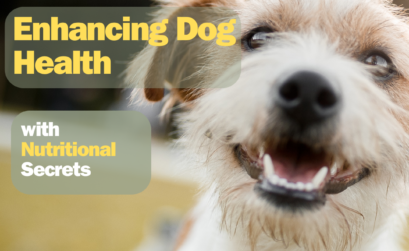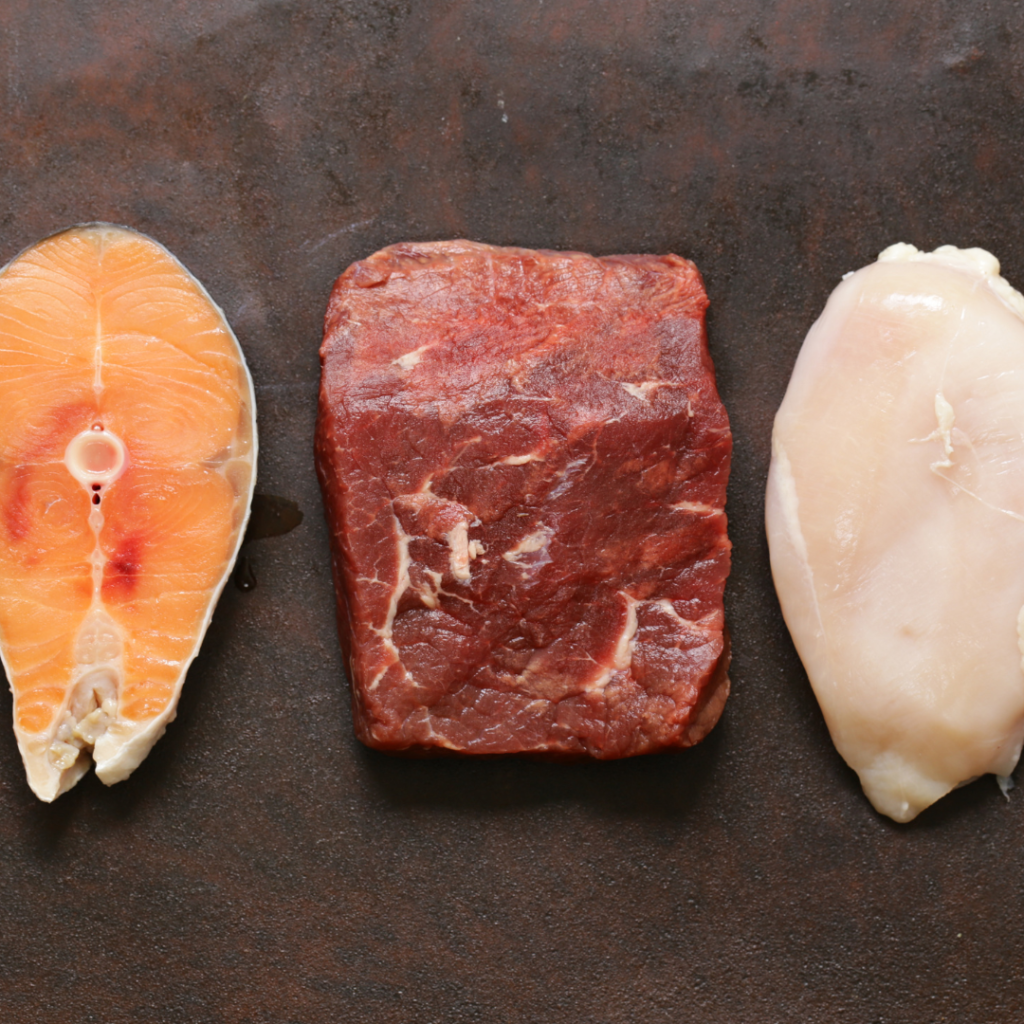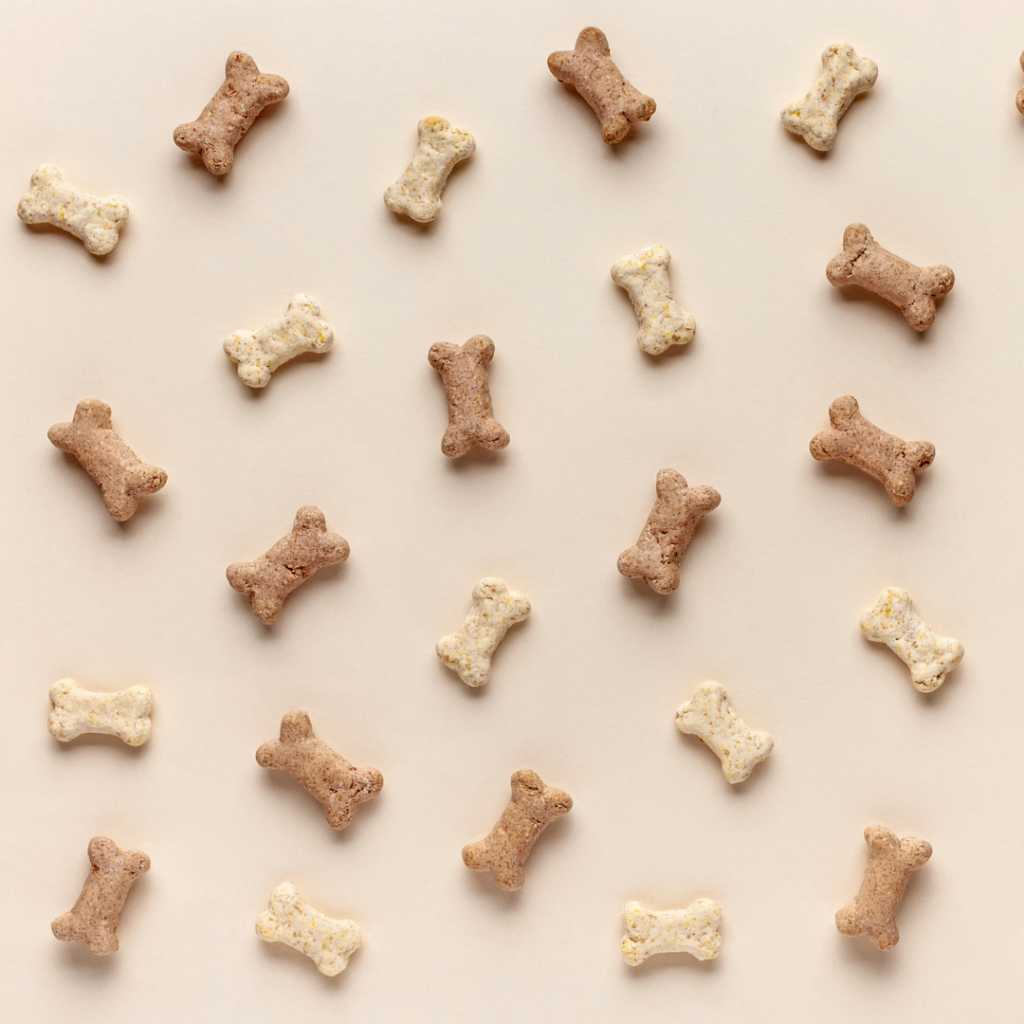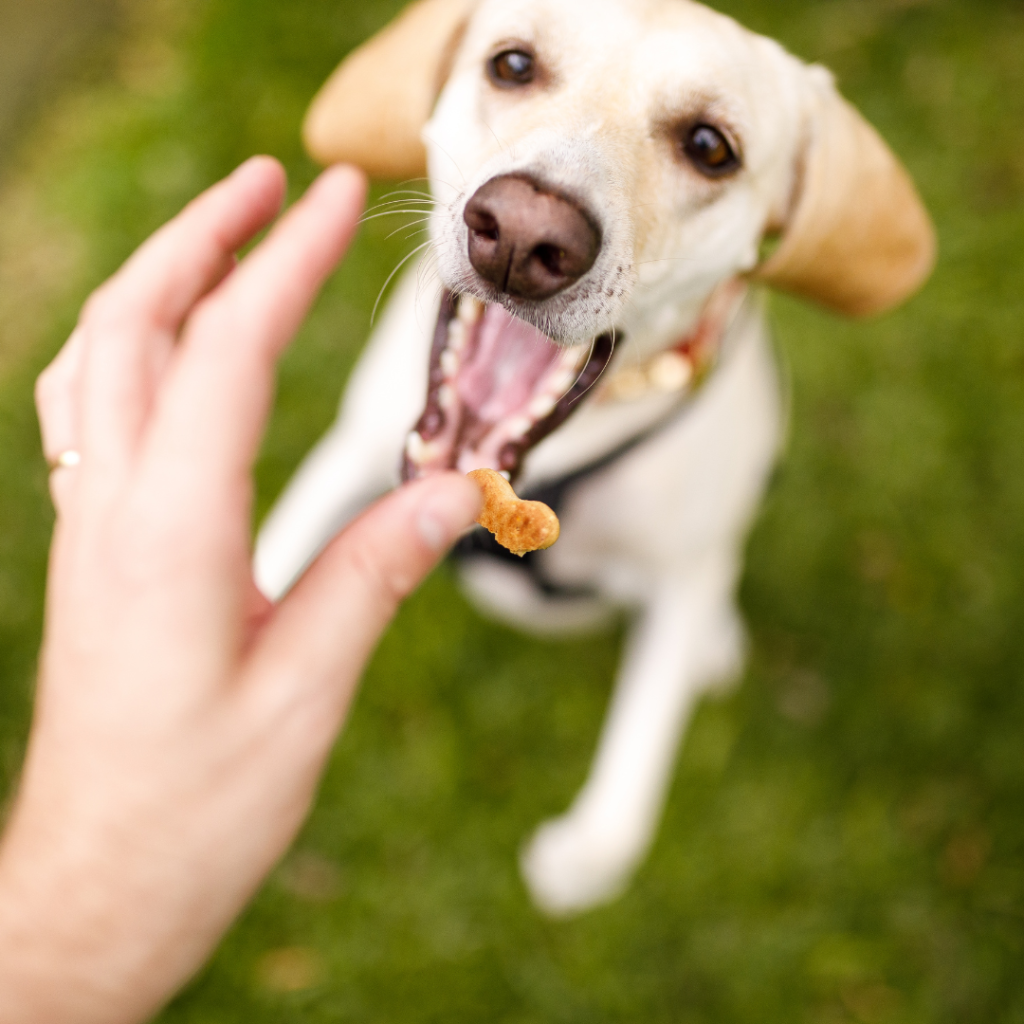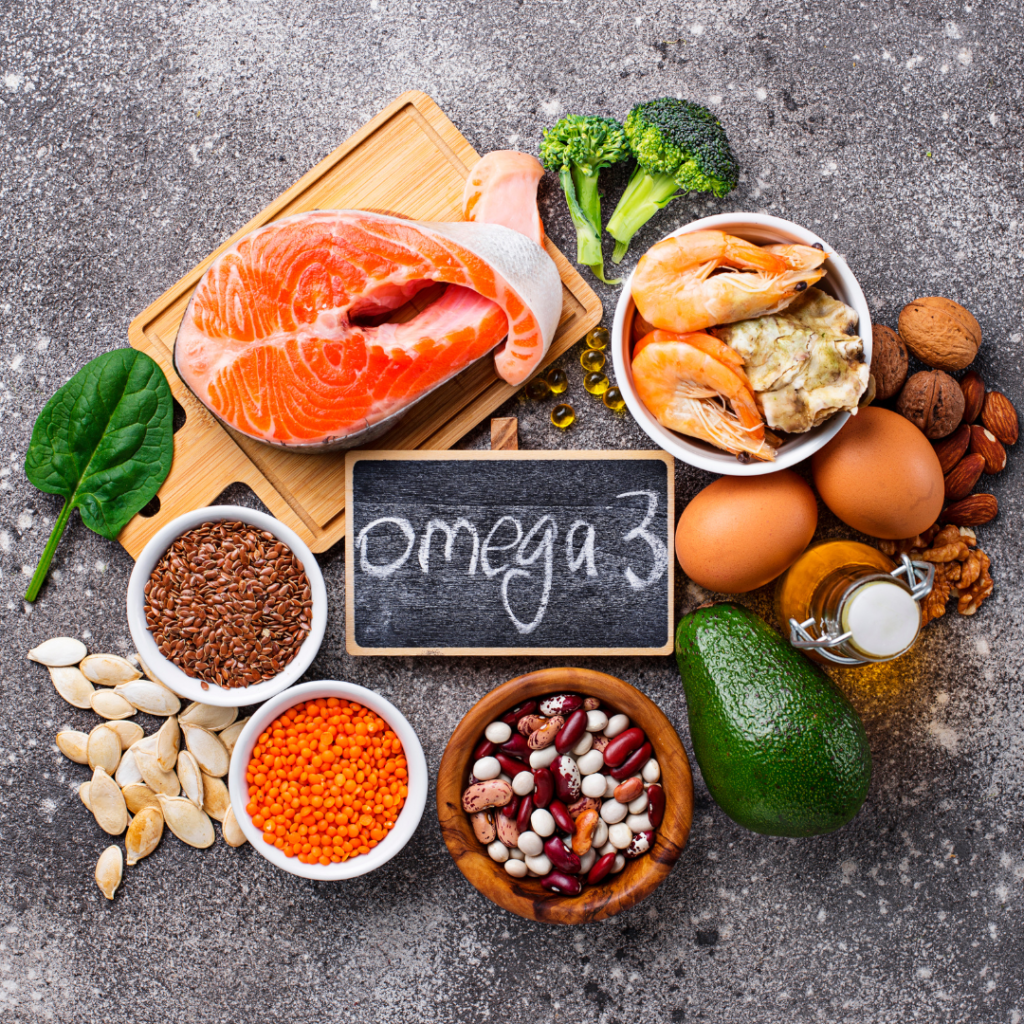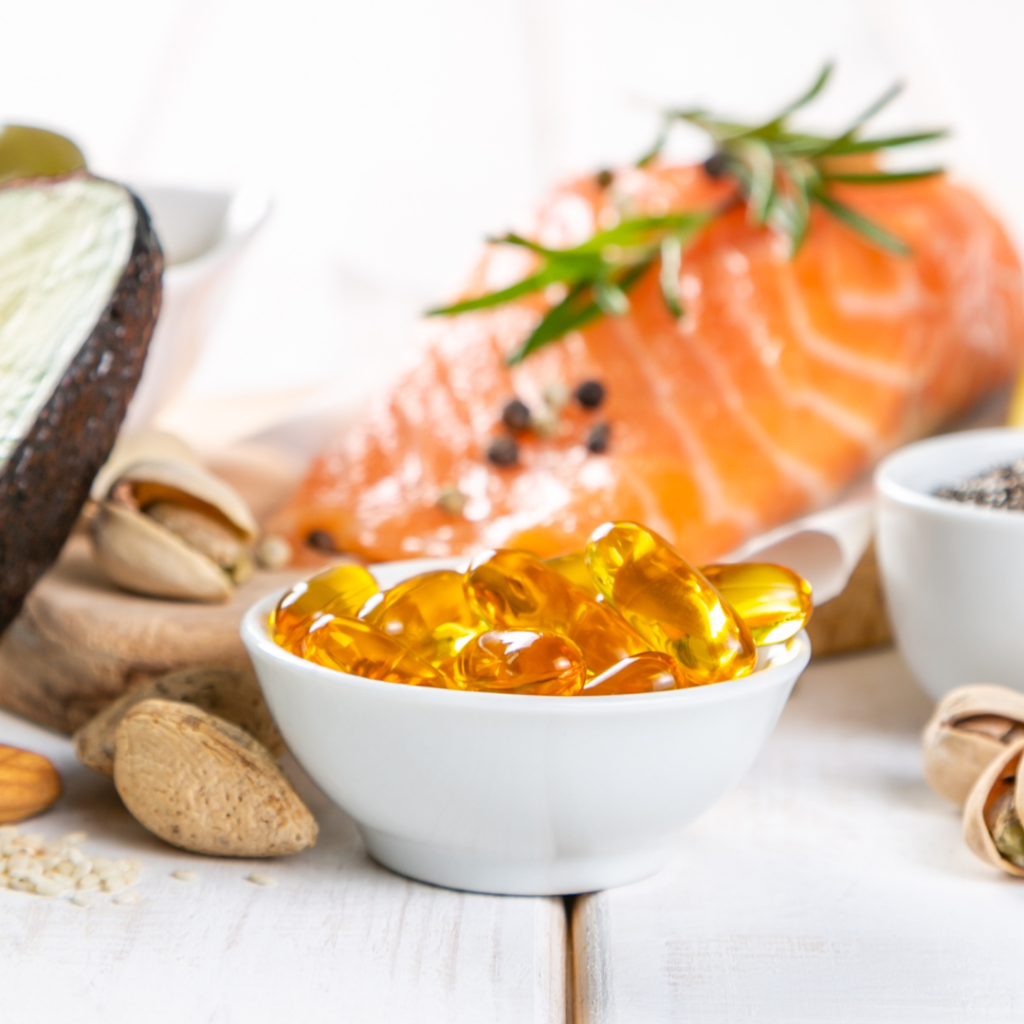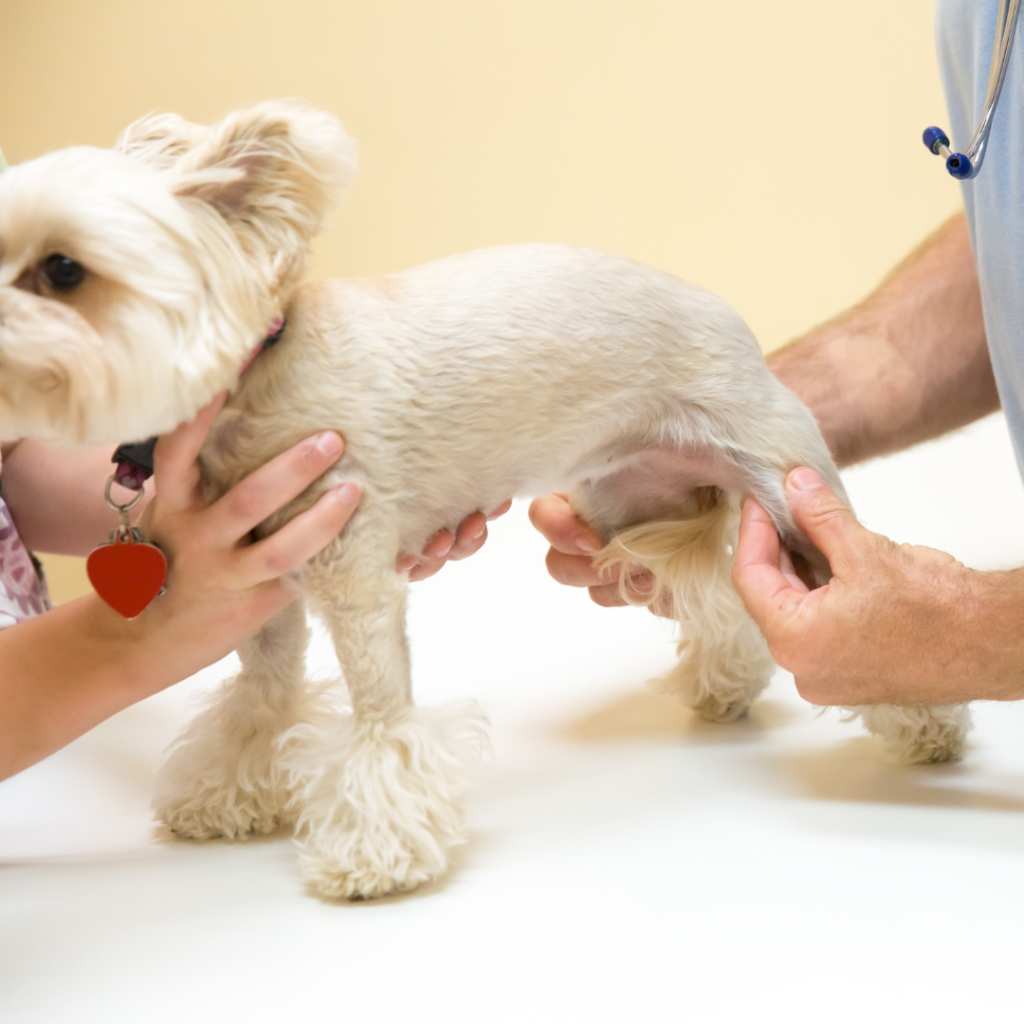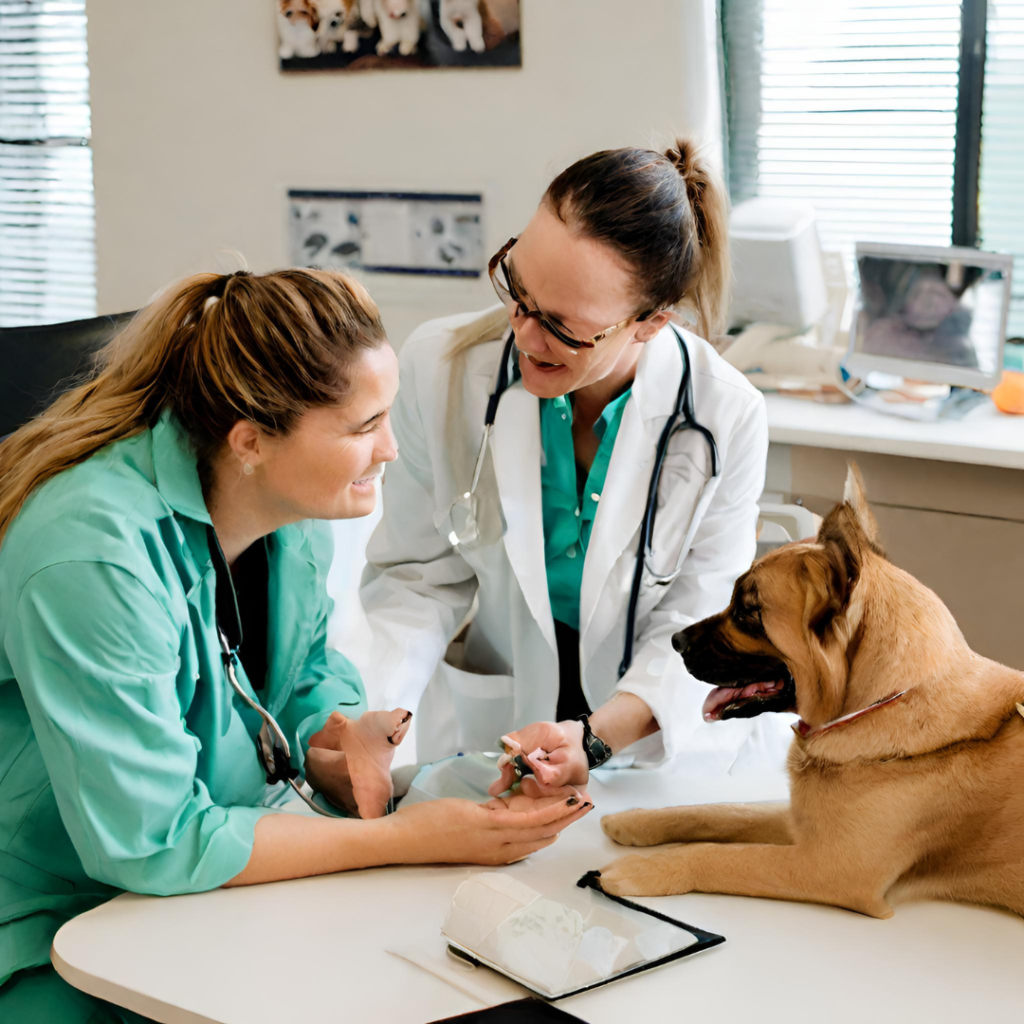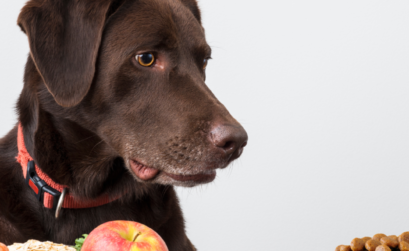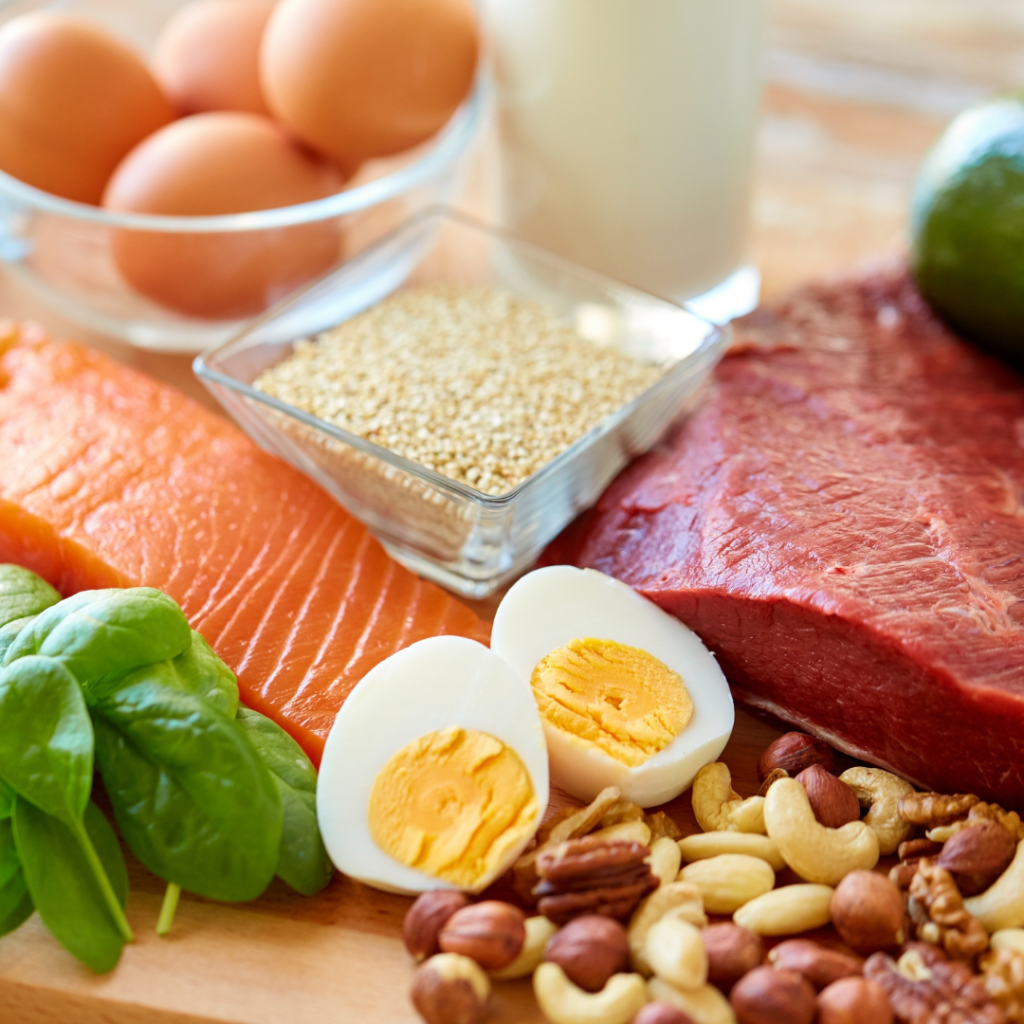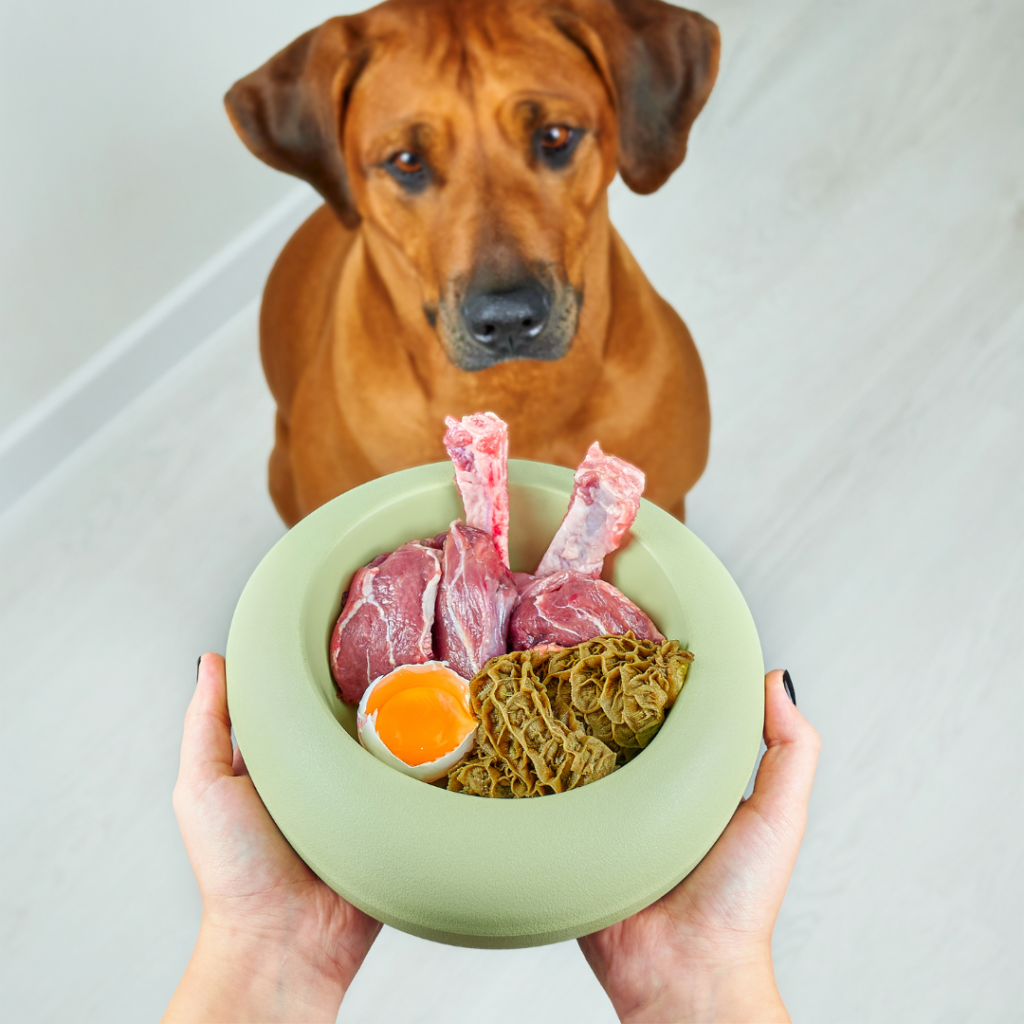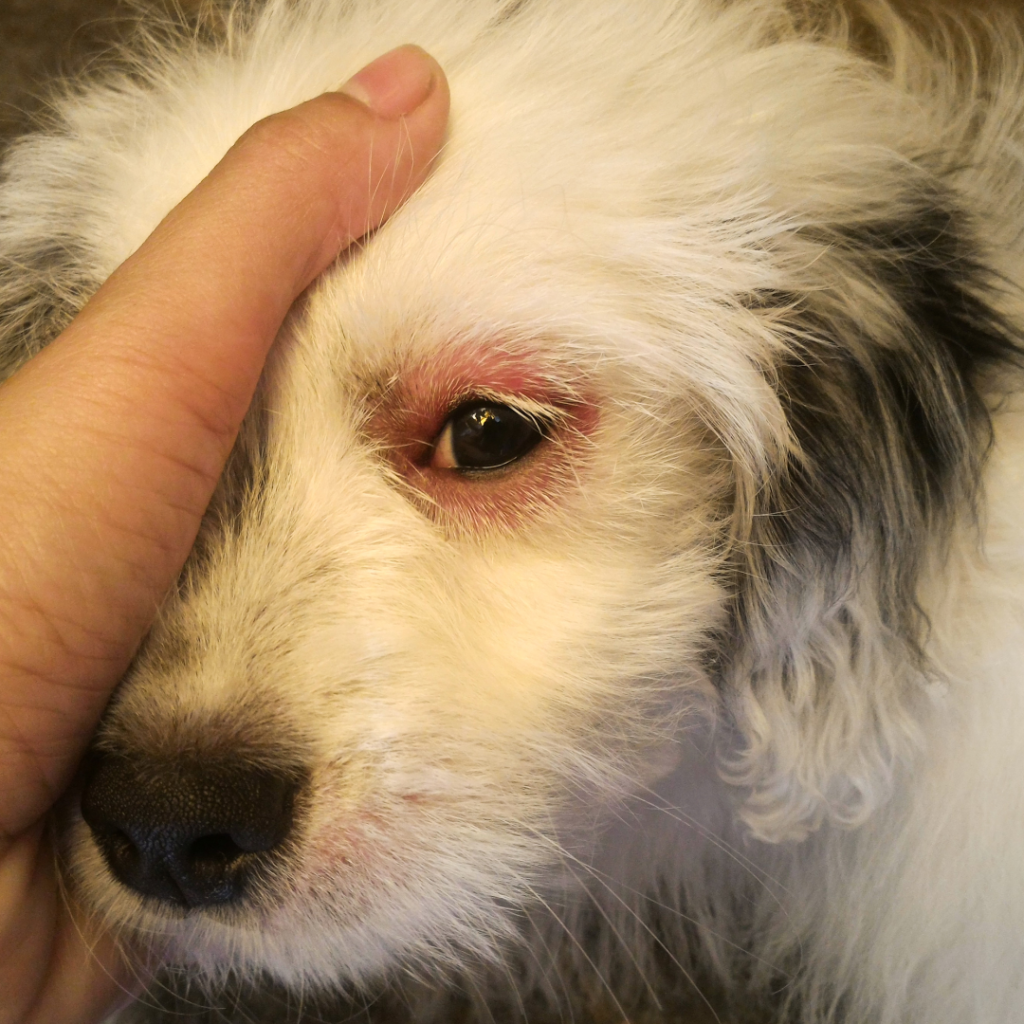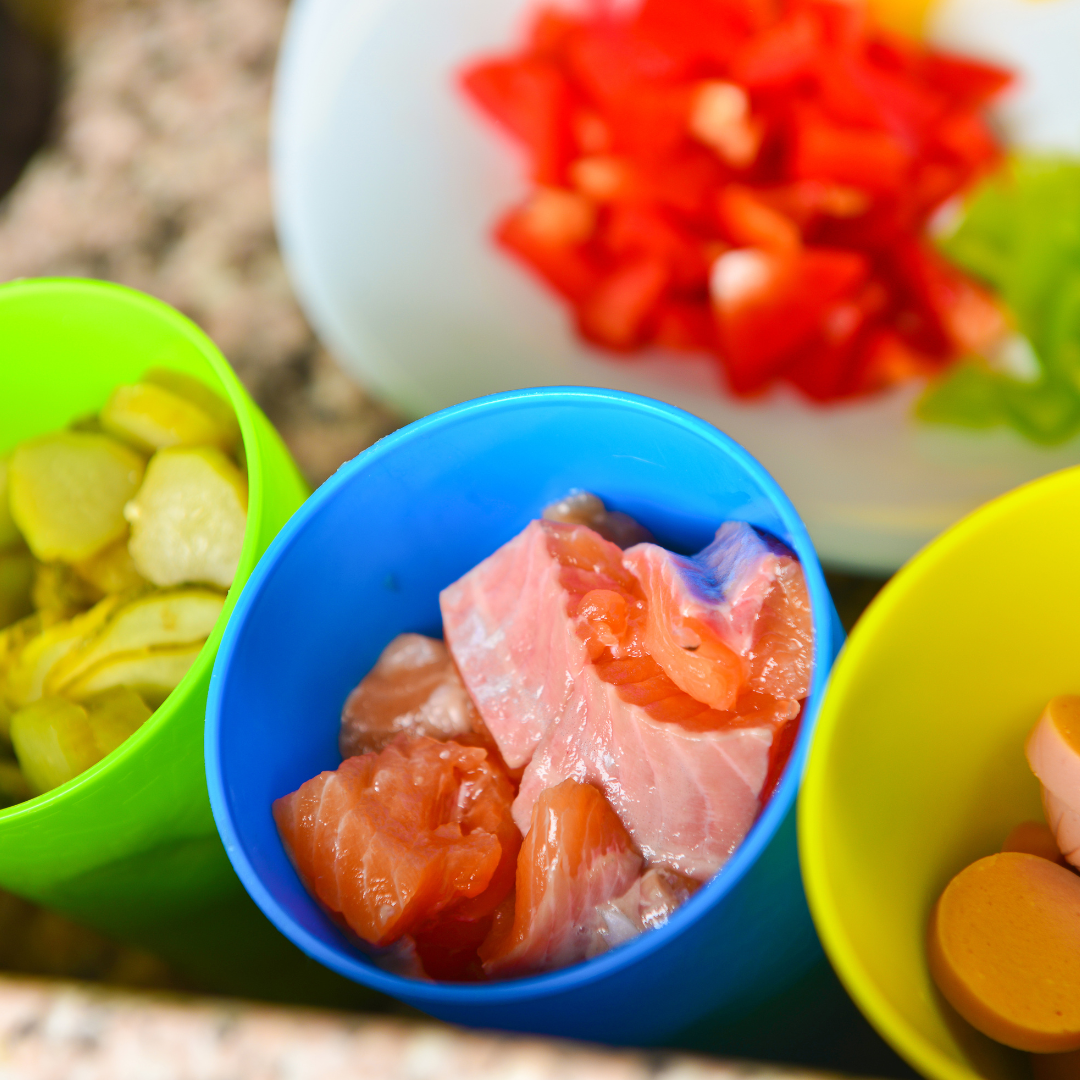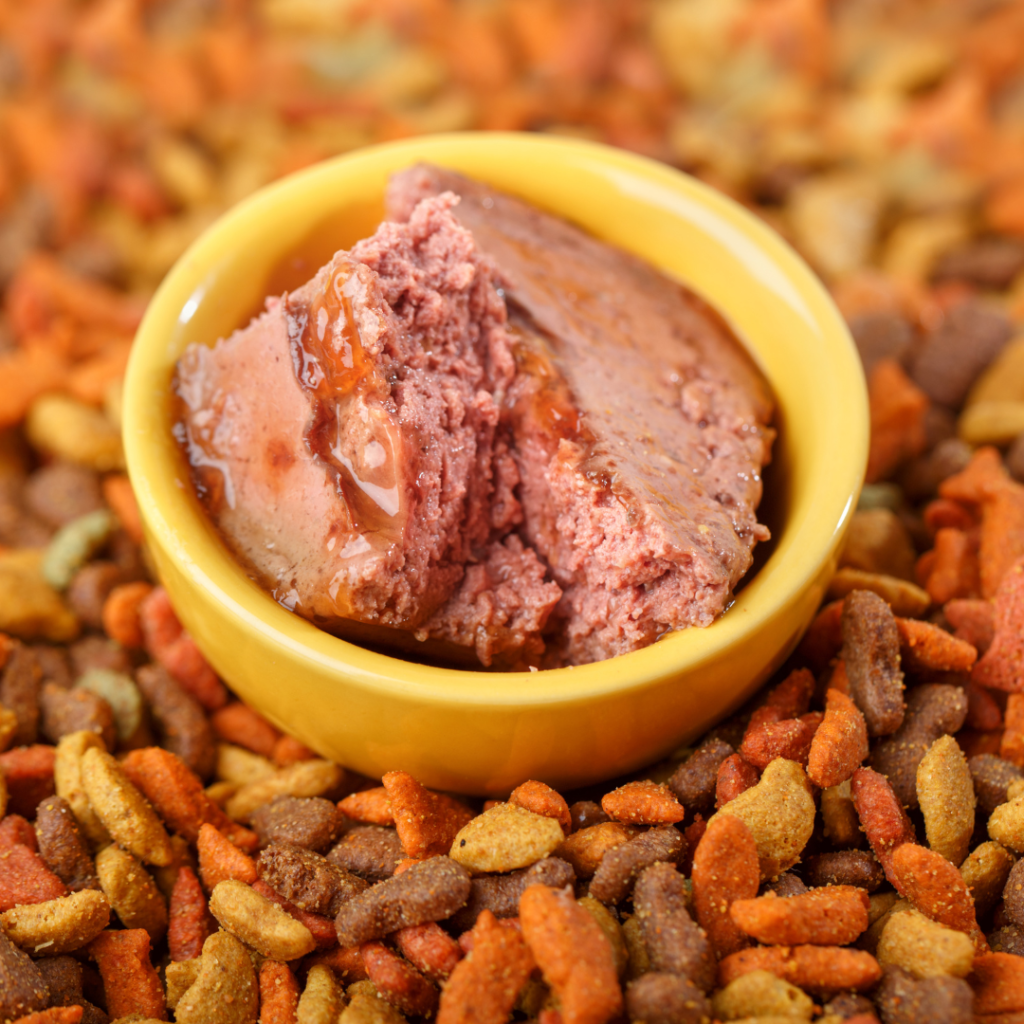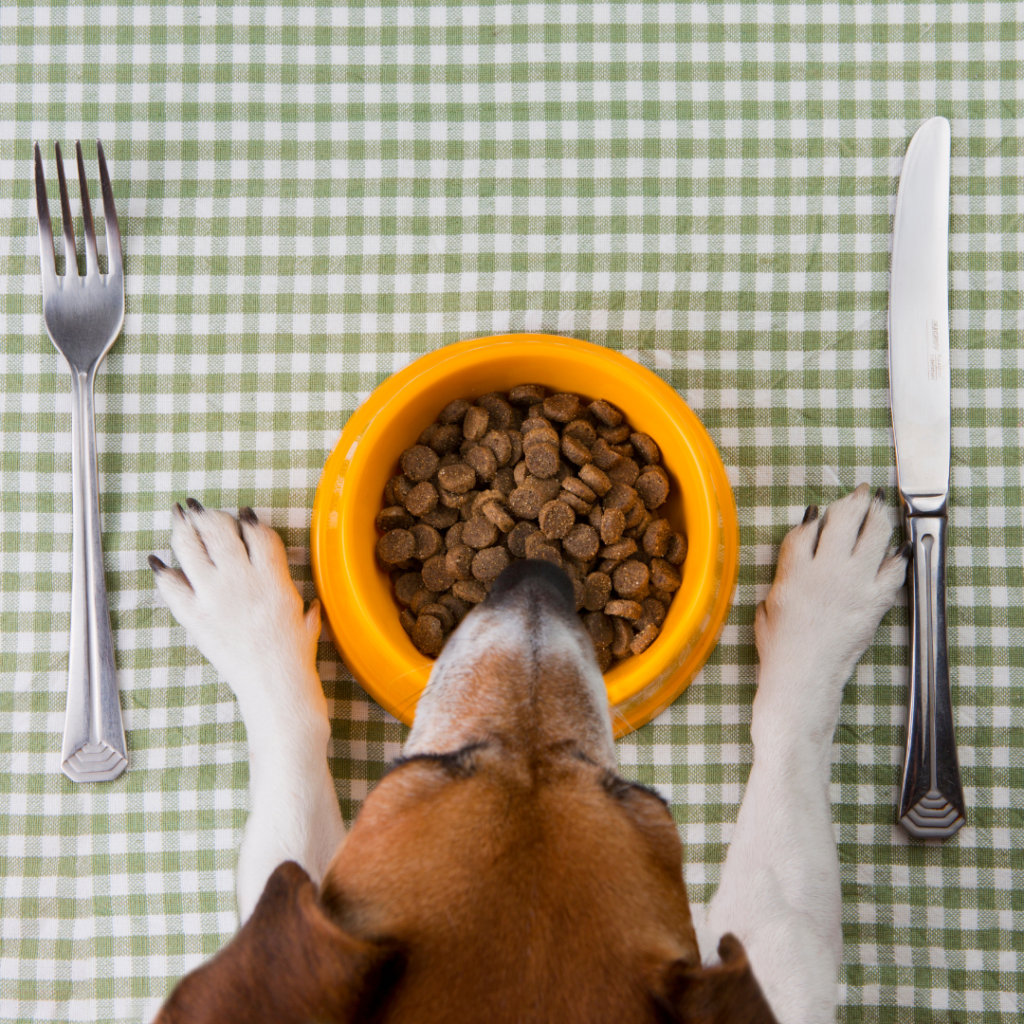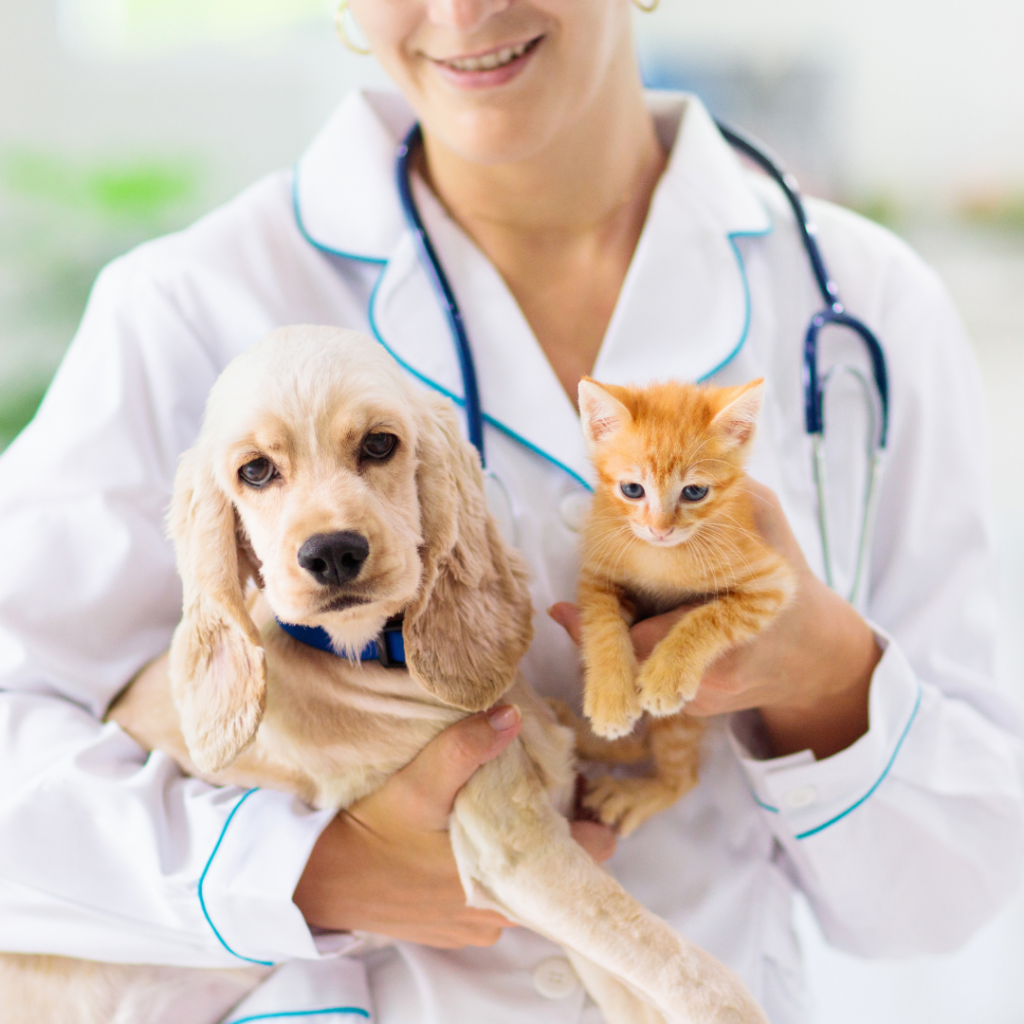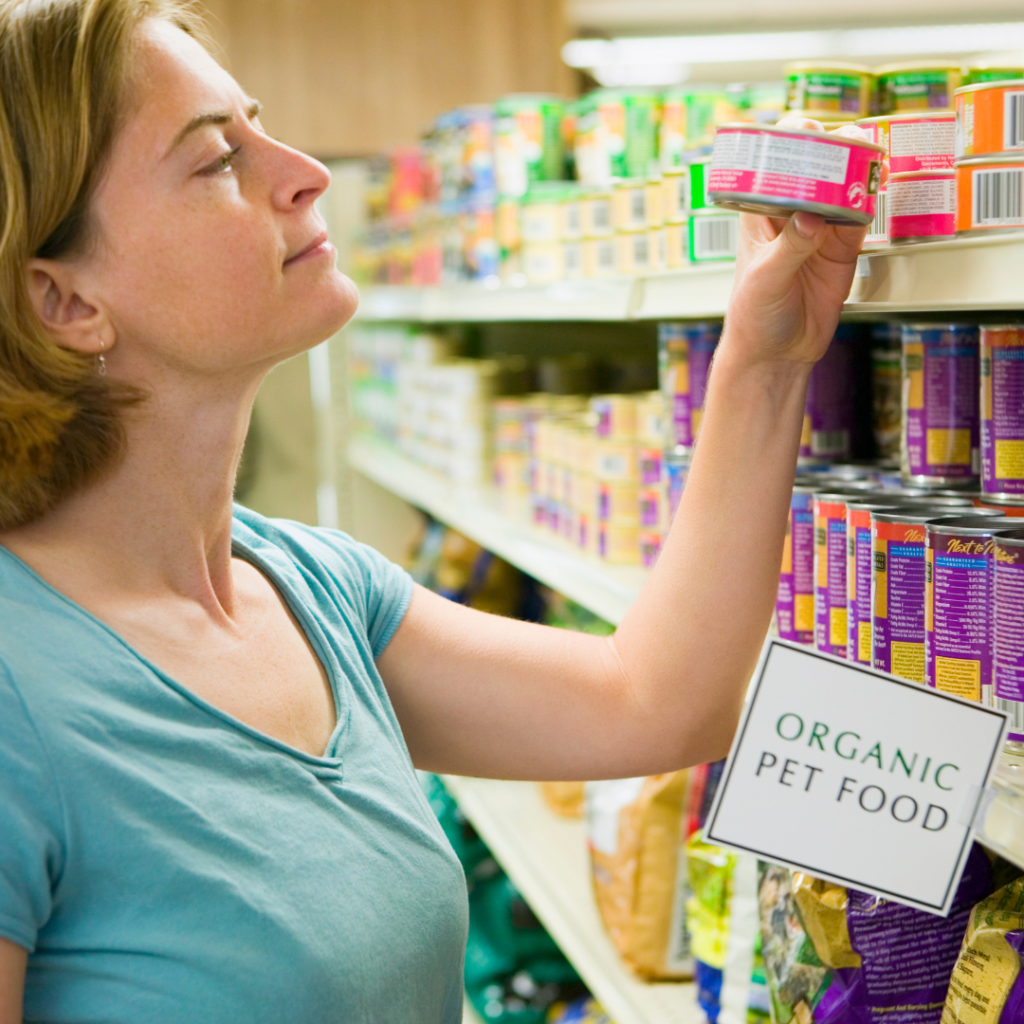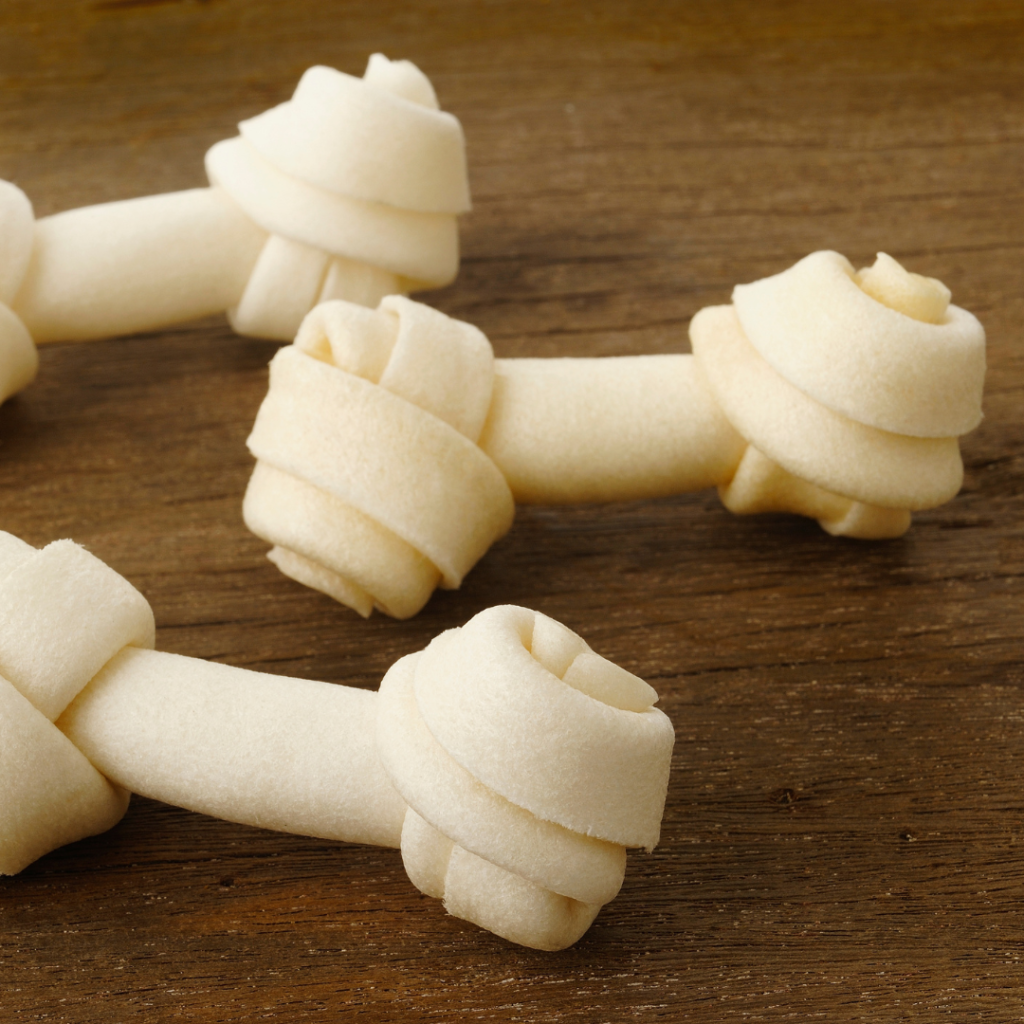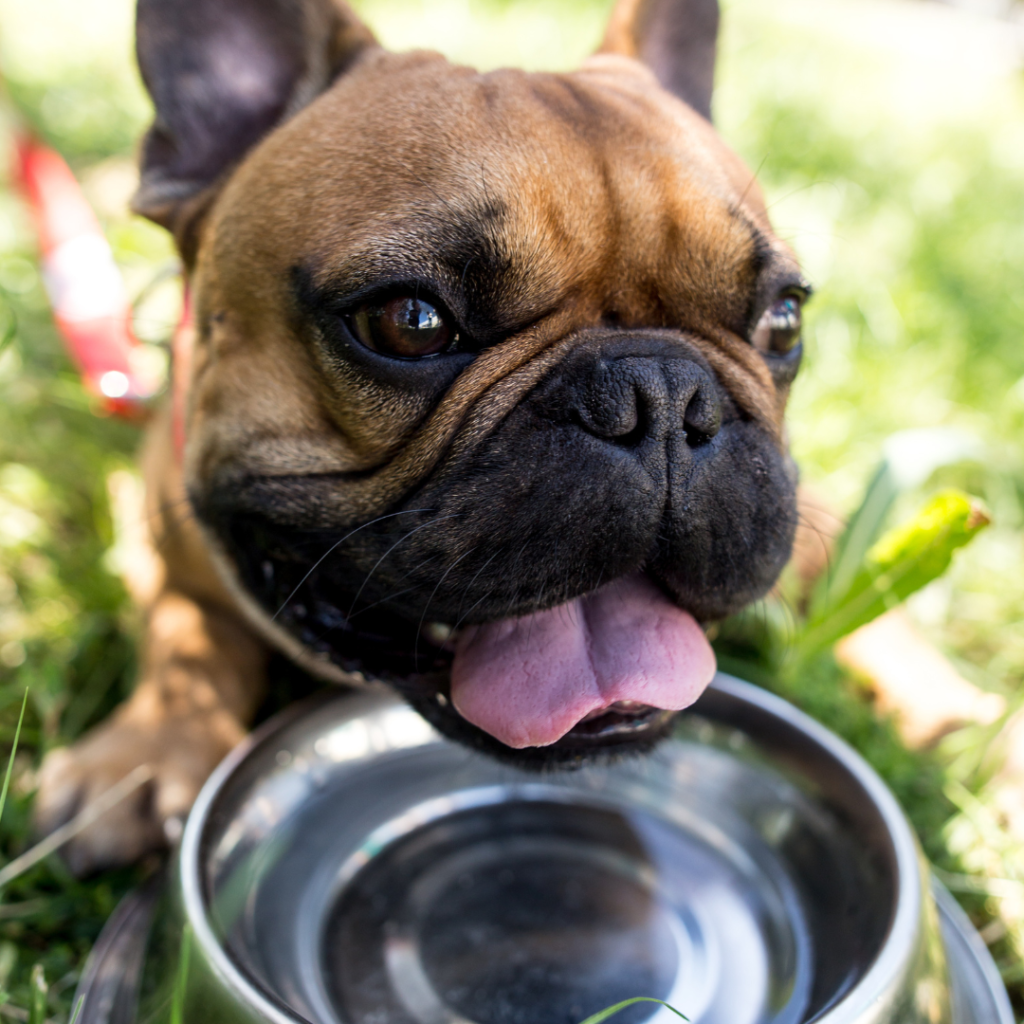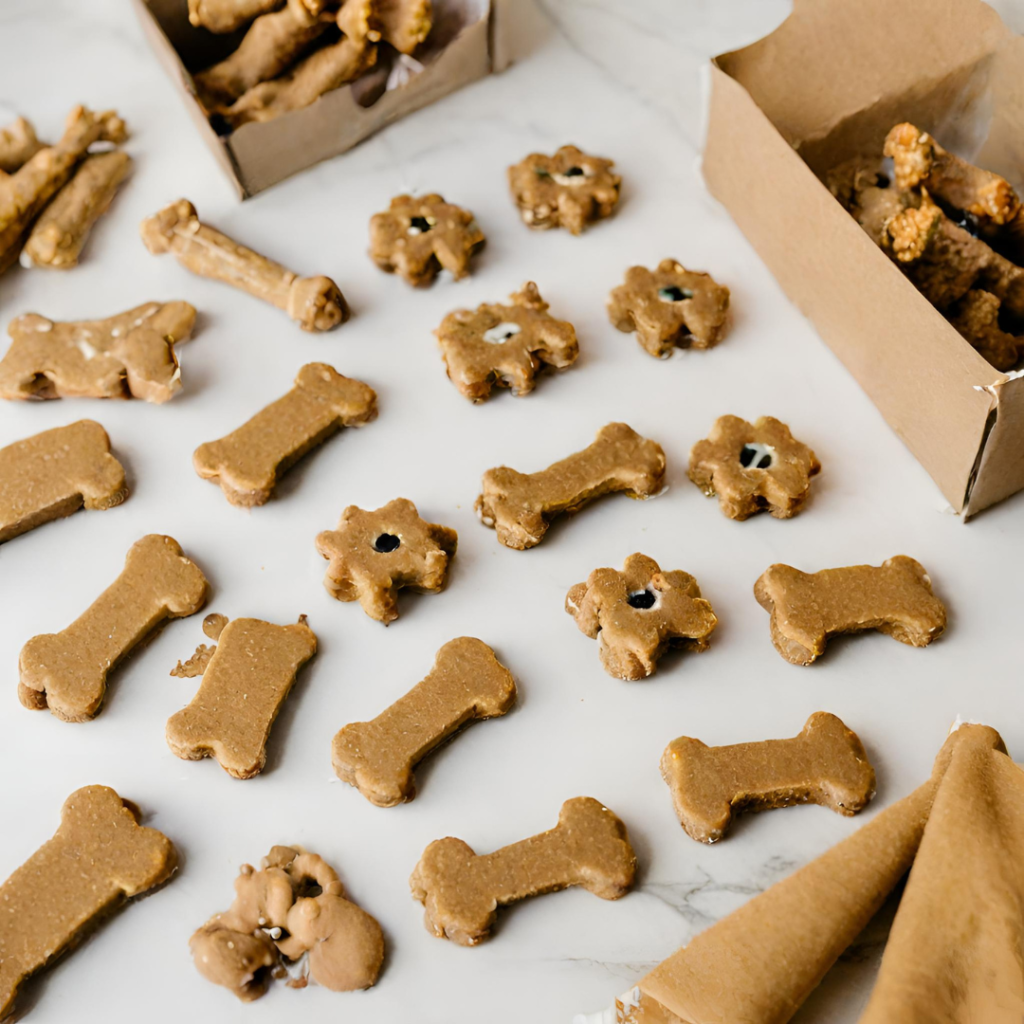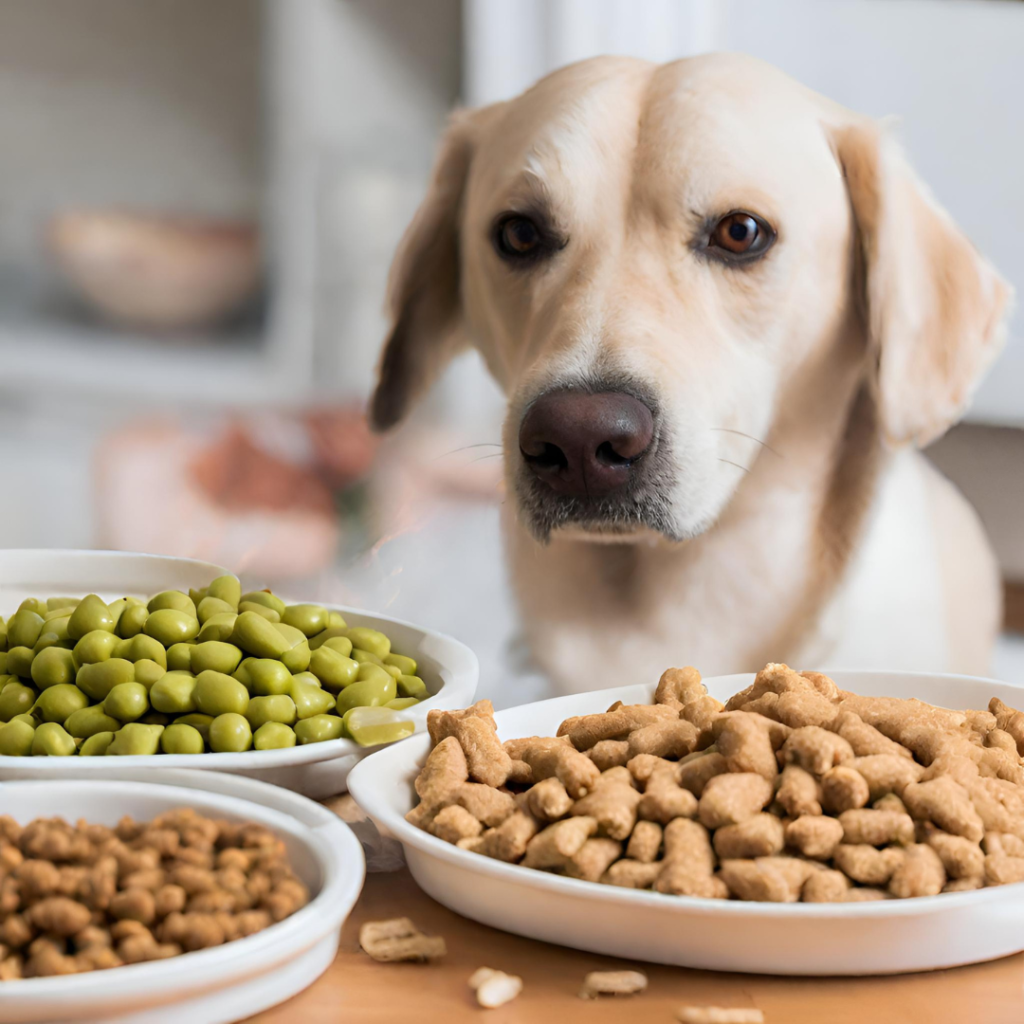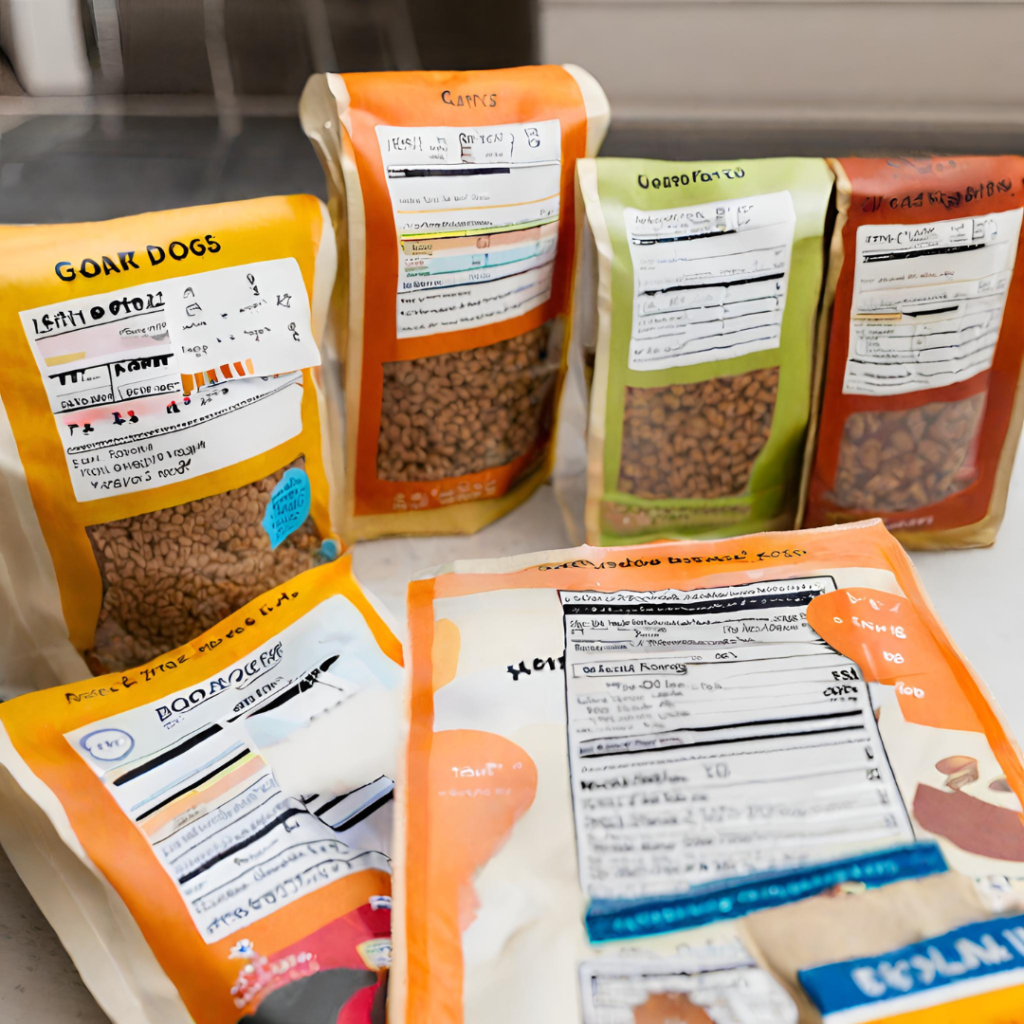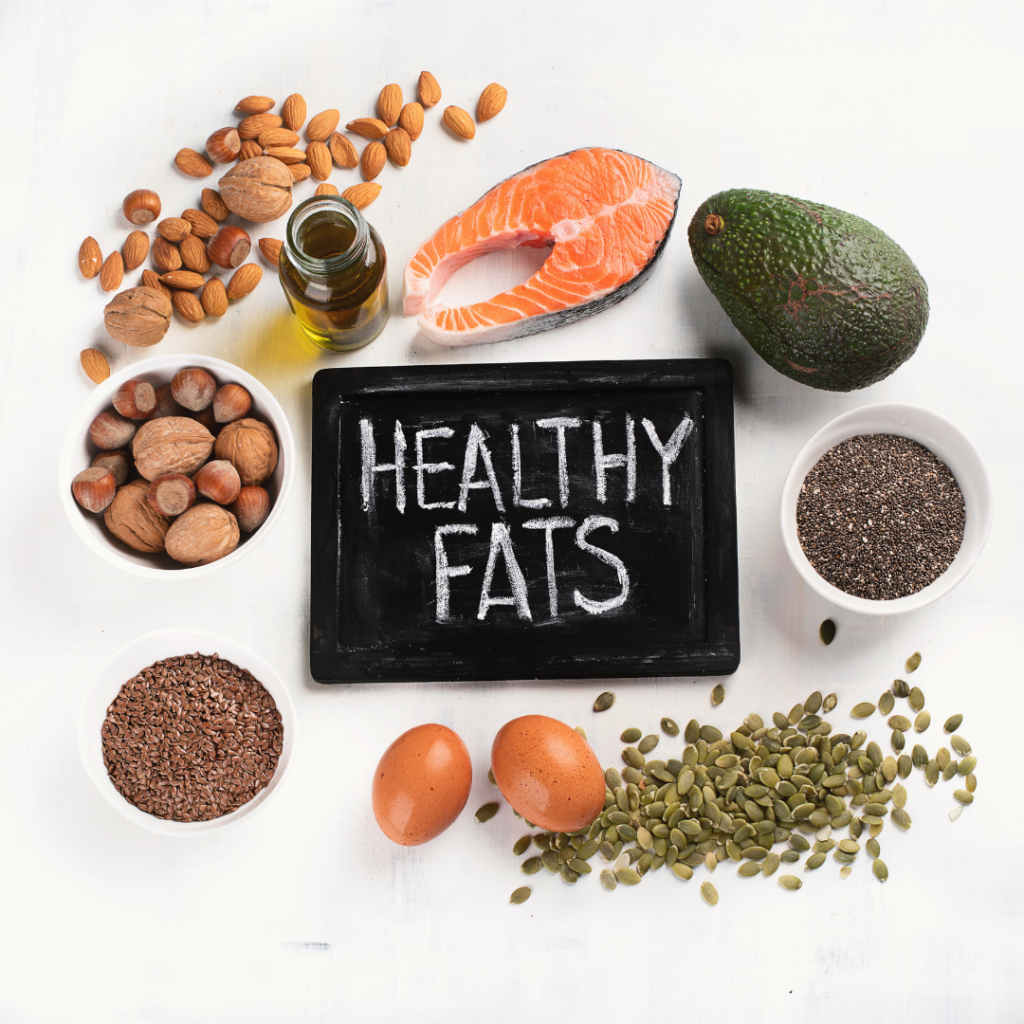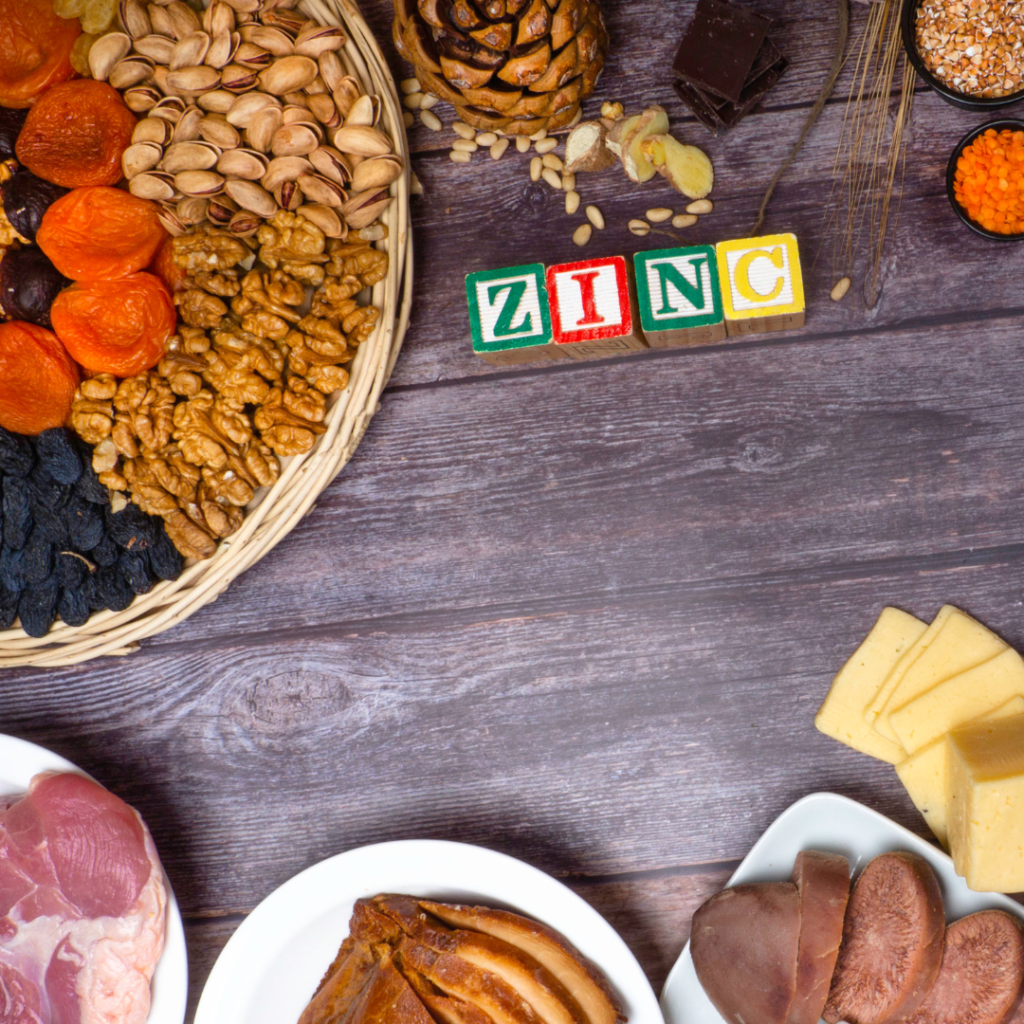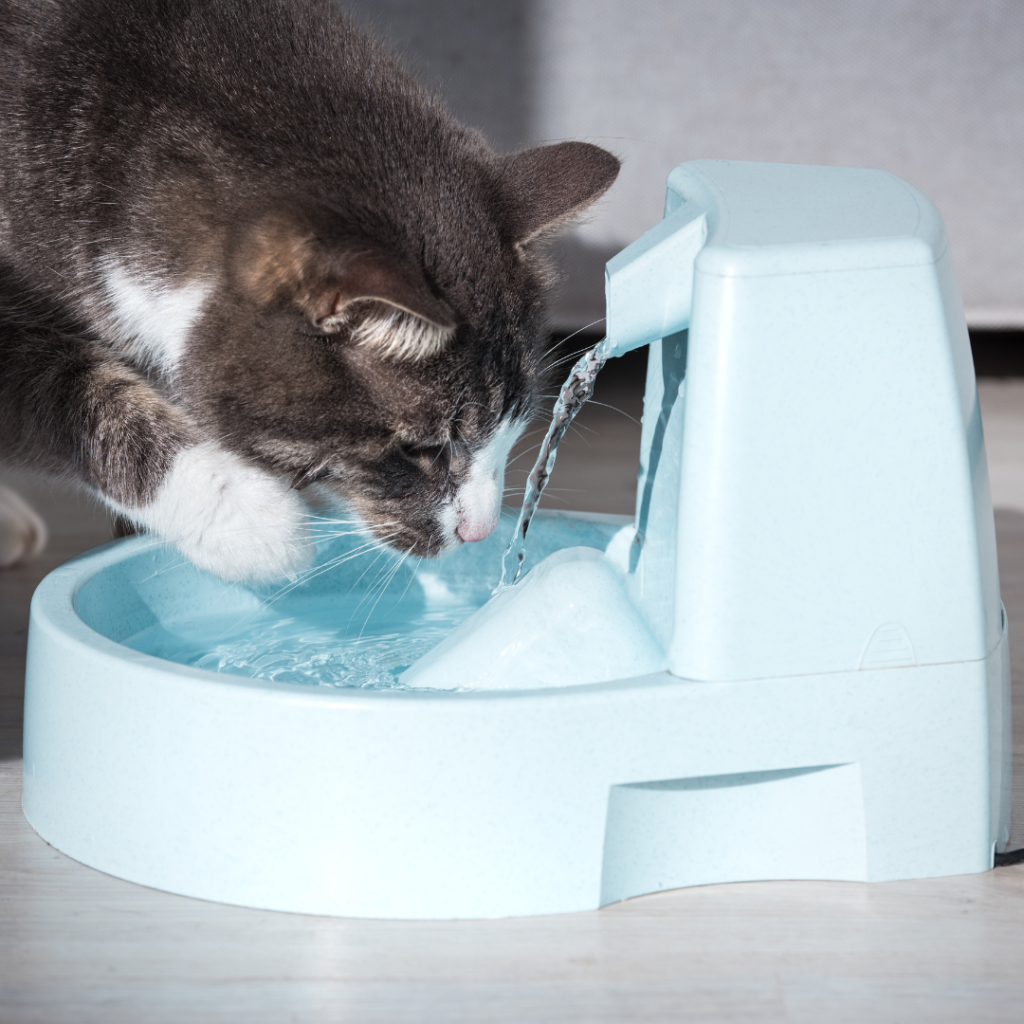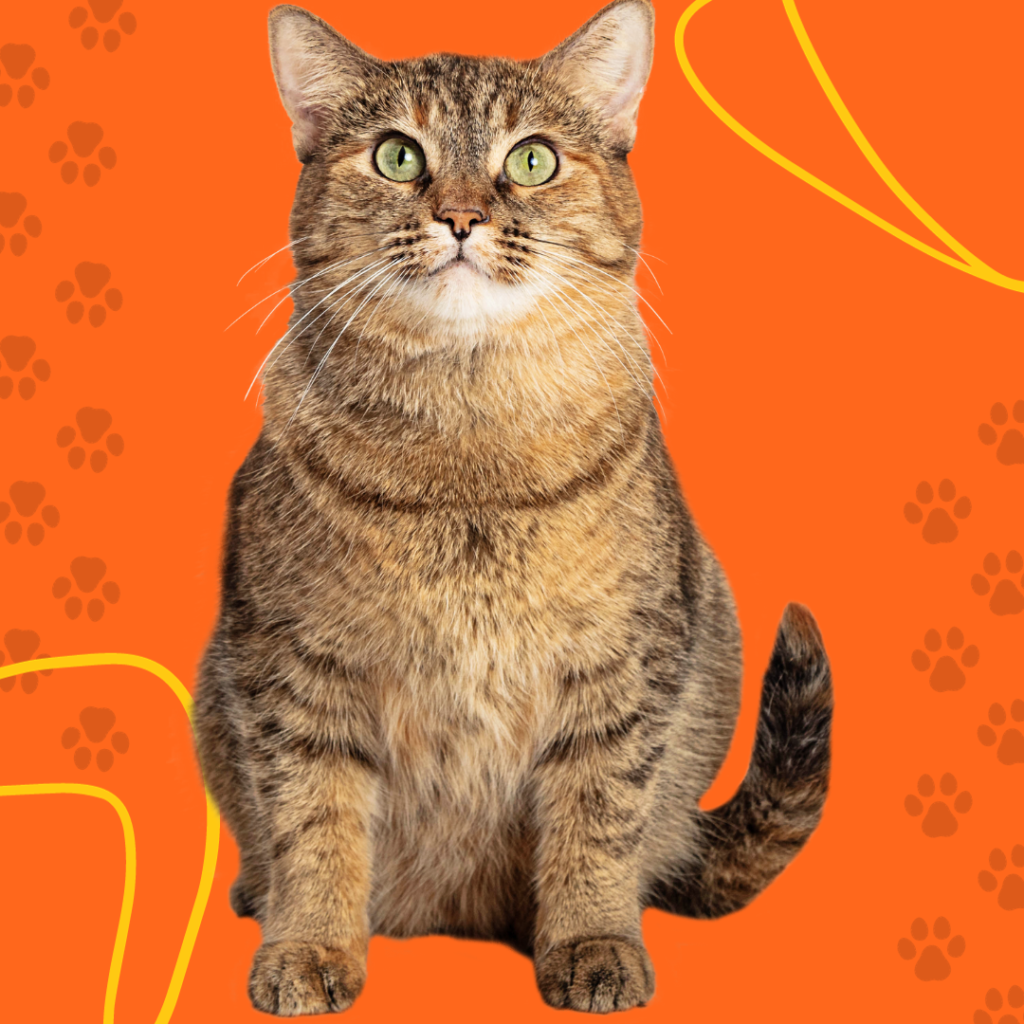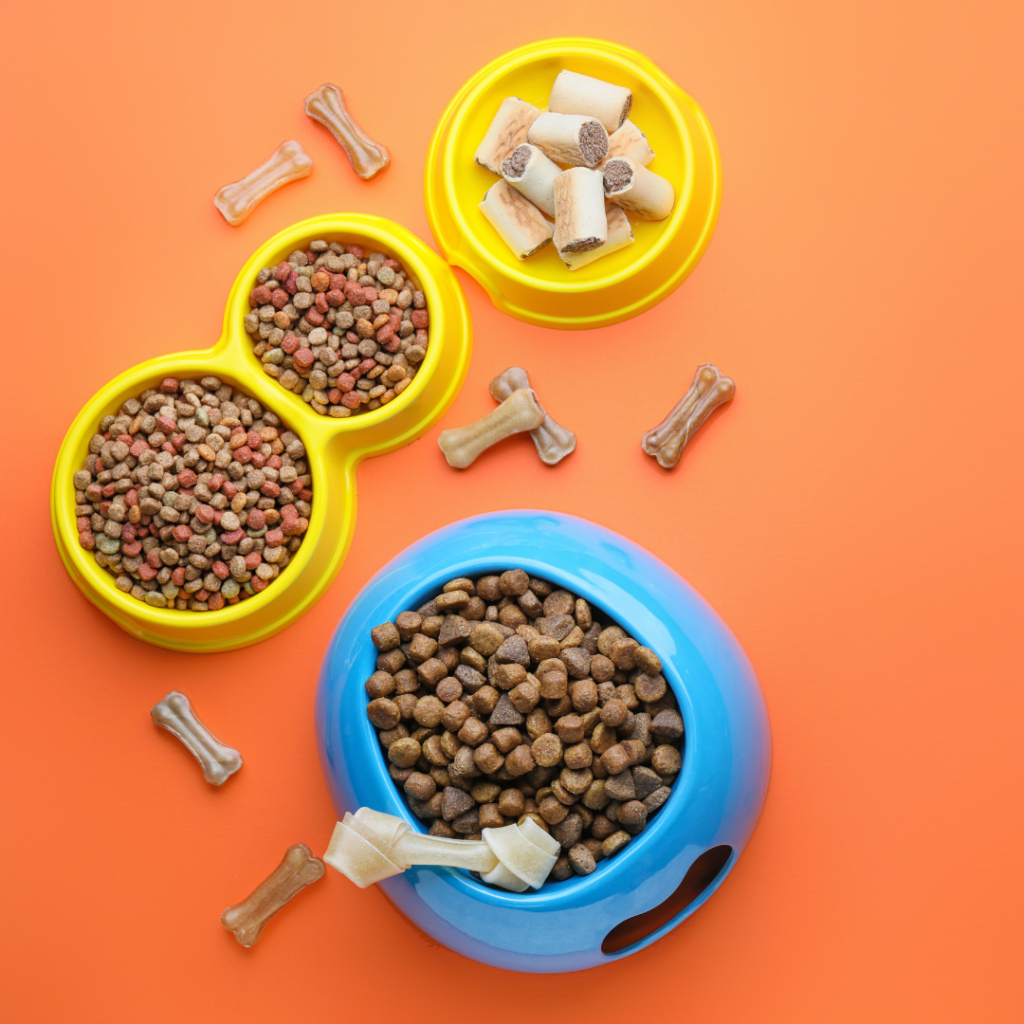Maintaining the health and vitality of our furry friends is something we all aspire as pet owners. A key aspect of this is ensuring their nutrition is optimal, which significantly impacts their overall wellbeing and energy levels.
Please note that we may earn a commission for purchases made using our links.
A product we highly recommend for this is the Blue Buffalo Life Protection Formula Natural Adult Dry Dog Food. This exceptional diet, full of high-quality protein and a blend of essential nutrients, is perfect for enhancing your dog’s health and vitality.
For small breed dogs, we’d like to highlight the Wellness CORE Grain-Free Small Breed Turkey & Chicken Recipe Dry Dog Food. This nutrient-dense, protein-rich food caters specifically to the unique nutritional needs of small breeds.
To supplement your dog’s diet further, there’s the Nutra Thrive Canine Nutritional Supplement. This potent add-on ensures your dog gets everything it needs diet-wise for robust health, rounding off any deficiencies.
Last, but certainly not the least, we recommend the Zesty Paws Multivitamin for Dogs. This all-encompassing multivitamin promotes overall health, filling in any gaps in your dog’s remarkable journey to achieving optimal health and vibrancy.
Here’s a fun fact for all the loving pet owners out there: Did you know that a dog’s nutritional needs change throughout different life stages? That’s right! Puppies require diets high in protein and specific vitamins and minerals for growth and development. Adult dogs need a well-balanced diet that includes a good mix of protein, carbohydrates, and fats, while senior dogs fare best on diets tailored to their decreased activity levels and slower metabolism. This is why it’s crucial to always keep a paw on your dog’s nutritional needs to enhance their health and vigor efficiently and effectively!

